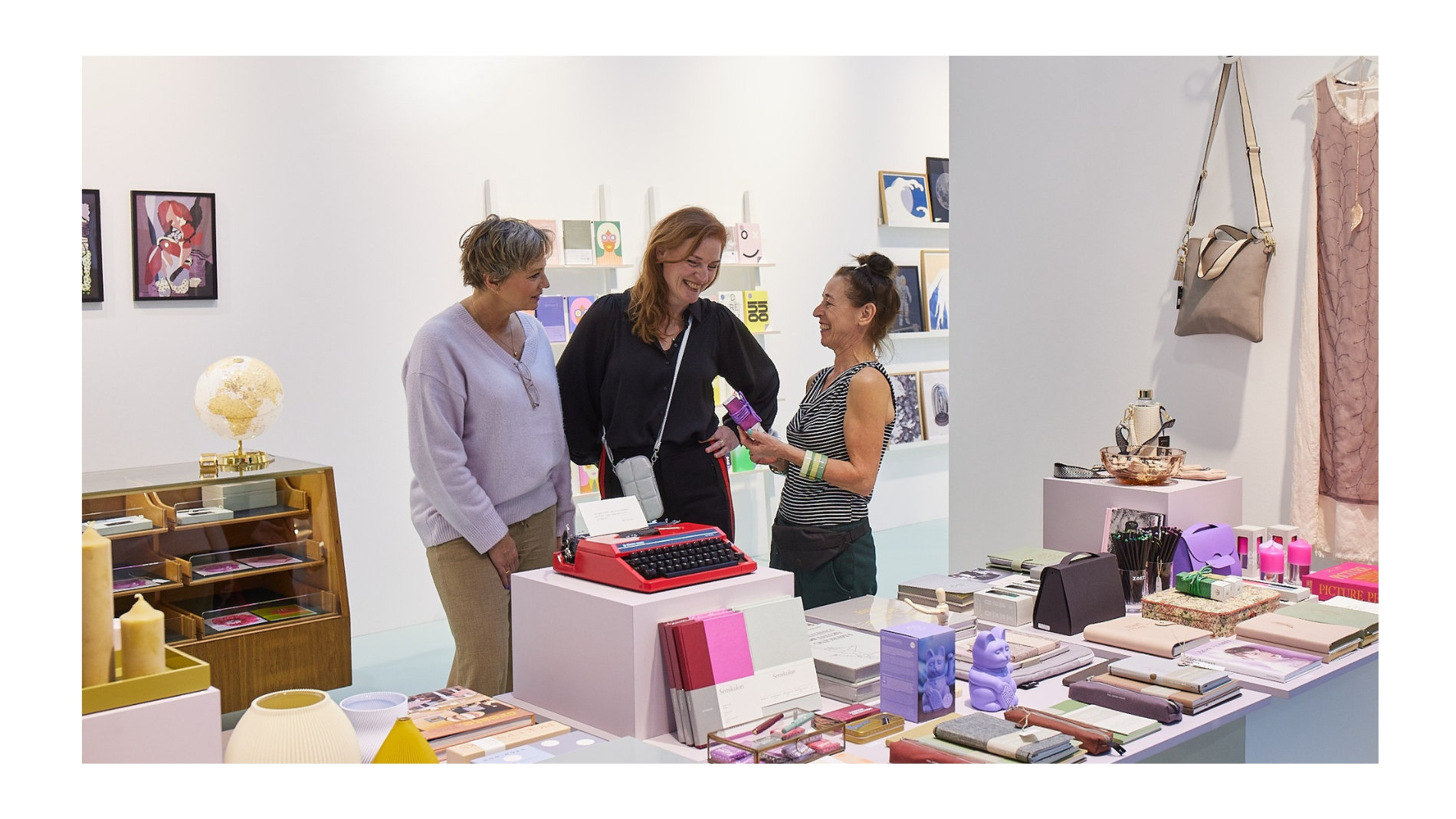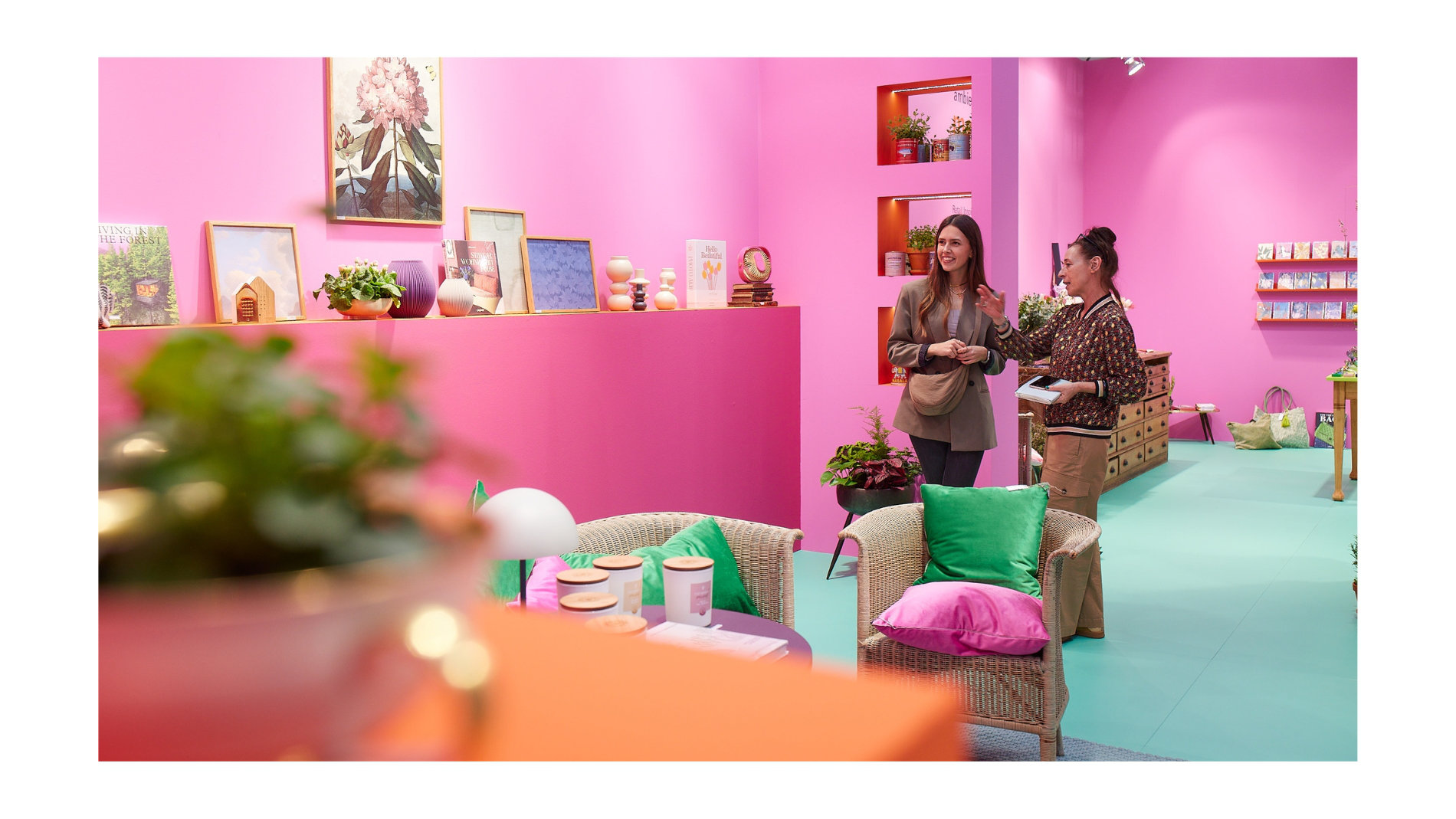Experience the future of shopping! As products have become available anytime and anywhere, the shopping experience in retail has become a key differentiator. Whether in brick-and-mortar retail or via omnichannel offerings – those who want to delight their customers must create emotion, relevance, and unique experiences.
What Is the Shopping Experience?
The shopping experience refers to the subjective perception of customers throughout the entire purchasing process. It encompasses all touchpoints with retailers – from initial contact to consultation to post-purchase service.
With ongoing digitalisation, products are available at any time. Therefore, the buying experience is becoming an increasingly decisive factor in retail. Retailers who deliberately aim for emotional customer engagement increase dwell time and boost repeat purchases.

How Has the Shopping Experience Evolved?
Brick-and-mortar retail today is caught between convenience and experience. While online shopping scores with speed and selection, physical shops offer something no algorithm can replace immersive in-store shopping.
Trends like Future Retail Design represent multisensory environments, digital touchpoints, and individual customer engagement. A creative assortment presentation with decorative elements captures customer attention and enhances the buying experience.
Understanding Customer Motivation and Mindset
To strategically improve the buying experience, retailers need to understand the psychology of consumption. What really motivates customers to buy today?
- Expectation of individuality: Customers want to feel understood – through personalised advice or tailored services.
- Desire for efficiency: Less time, more orientation – smart systems help with in-store navigation.
- Need for inspiration: Retail must become a discovery space that showcases new ideas and trends.
Technological trends in retail offer great potential for enhancing the shopping experience – through data-based personalisation or virtual visualisation, for example.

Strategies for Improving the Shopping Experience
An impressive buying experience can be deliberately designed – through a holistic concept of space, service, and technology. These strategies help:
- Storytelling in the Store
Consumers don’t just buy products; they buy stories and values. Emotional visual merchandising creates brand recognition and gives products meaning.
- Use Digitalisation
Smart inventory management and AI-driven recommendations automate workflows, while omnichannel strategies ensure a consistent buying experience. AI opens up new retail potentials and enables even more precise technical solutions in the future.
- Train and Empower Staff
Employees are brand ambassadors. Their communication skills and product knowledge play a decisive role in shaping the buying experience.
Conclusion: Inspiring Customers Through Added Value
An outstanding buying experience is no accident. It results from strategic planning, profound customer understanding, and creative execution. To remain successful in physical retail, emotion, technology, and design must be combined.
Find exciting, in-depth insights in our interview on neuroaesthetics with Stefan Suchanek.
FAQs on the Shopping Experience in Physical Retail
What Is Experiential Shopping?
Experiential shopping refers to immersive in-store shopping that goes beyond simply meeting a need. The customer engages in an emotionally appealing retail environment shaped by atmosphere, staging, and interaction.
What Is a Positive Shopping Experience?
A positive shopping experience occurs when customers feel comfortable, inspired, and appreciated. Key factors include friendly staff, attractive product presentation, and intuitive store navigation.








